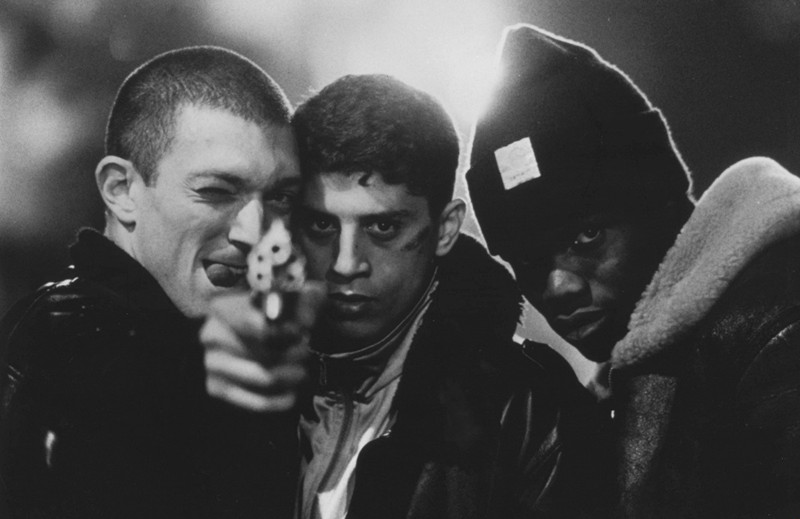
Paris is the perfect city for filmmaking. The City of Lights has many souls, and as easy as it is to stereotype it, those who appreciate it know that its spirit cannot be reduced to a single definition.
Filmmakers have often chosen Paris as the best city to set their stories, and this has led to many masterpieces; some have been realistic and some poetic, some joyful and some anguished, some existential and some lighter, but more often than not, these films were a mixture of all these traits.
15. Amélie
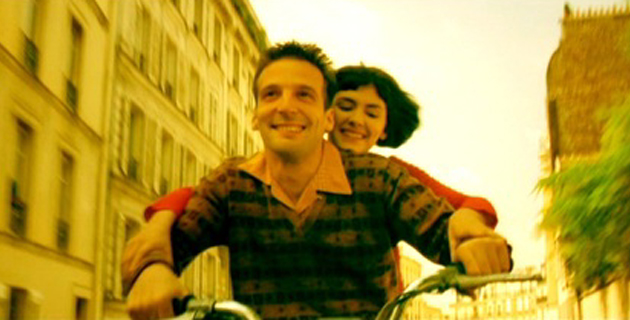
Highly successful after its release in 2001, Jean-Pierre Jennet’s Amélie (or Le Fabuleux Destin d’Amélie Poulain) has steadily entered the collective imagination as the film which summarizes an optimistic, quirky and “full of life” approach to existence and other people.
This attitude is incarnated by Amélie (Audrey Tatou), a young Parisian who lives and works in Montmartre and sets on a quest of making other people happy while she gets romantically involved with a young man (played by director Mathieu Kassovitz).
The film was scored by Yann Tiersen, whose soundtrack garnered a considerable success of its own. Those who watch the film today are generally divided between those who see it as an expression of sensitivity and joi de vivre, and those who feel it is oversaturated with “sugary” moments and lacks substance.
Still, as far as films with a “Paris feeling” go, Amélie is one of the most immediately recognizable, and this explains the great success it still has outside of France.
14. Le Ballon Rouge
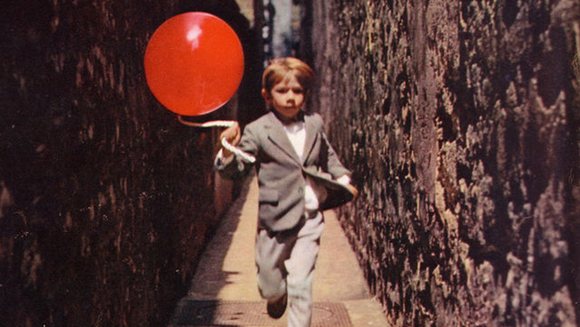
Le Ballon Rouge is a 1956 film which lasts 34 minutes and has a story which is as simple as it can be: a boy finds a red balloon that starts to follow him around. The fantastic element of the balloon coming to life is perfectly combined with the naturalistic setting of Le Ballon Rouge and it heightens the film’s joyful sense of wonder.
“A masterpiece of simplicity” (as A.O. Scott described it), the movie has a particularly interesting setting as well: it was shot by Albert Lamorisse in Ménilmontant, a district in the 20th arrondissement (where Belleville is also located), one of the suburban neighbourhoods that were absorbed into the territory of Paris in the second half of the 18th century. This means the streets and buildings and alleys we see are from a less urban but just as fascinating part of Paris.
Le Ballon Rouge’s influence seems to still be resounding: it’s hard to look at its last sequence and not think of a recent film that is just as full of child-like wonder, Pixar’s Up.
13. Le Cercle Rouge
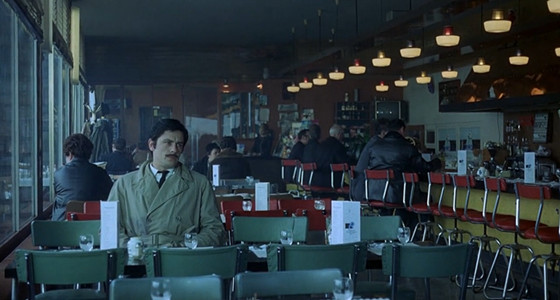
Filmmaking master Jean-Pierre Melville said that his 1970 caper starring Alain Delon, Gian Maria Volontè and Yves Montand had all of the “19 situations of noir”.
While there doesn’t seem to be a record of what these situations are, it is certain that Le Cercle Rouge (named after a Buddha saying completely made up by Melville himself) is packed with recurring motifs of the noir genre: heists, jailbreaks, corrupt cops, alibis, interrogations, and so on. The film, Melville’s penultimate, is the work of a master at the height of his filmmaking virtuosity, and keeps an impressive unity of pace and tone.
The central part of the film takes place in Paris between police stations and the hangouts of criminals and lowlifes, while the suspenseful robbery scene, almost completely silent, is set in Place Vendôme.
12. French Cancan
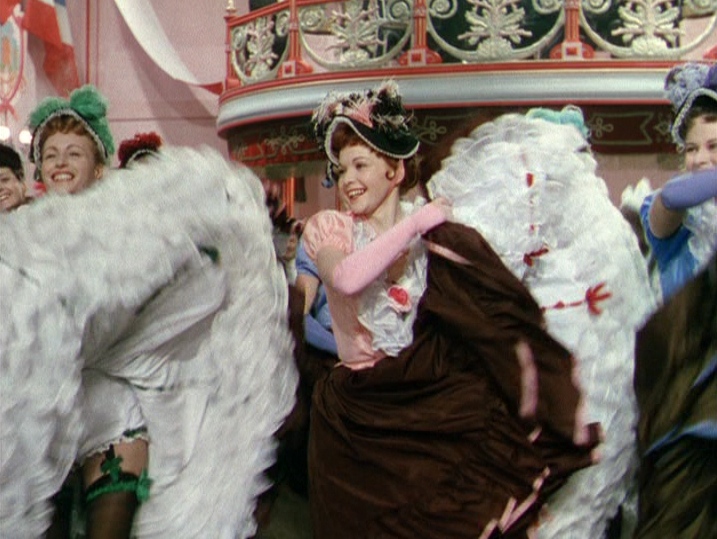
Jean Renoir, son of the famous Impressionist painter, is universally recognized as the director of some of the best movies of all time; only a few of his works, though, take completely place in the city of Paris. Among them there is French Cancan (1954), a musical comedy set during the end of the 18th century and inspired by the success of the Moulin Rouge and the rediscovery of the “cancan” dance.
The film is consciously a-historical and is driven by its musical numbers; it was shot in color, and one can recognize Renoir’s homages to the Impressionists’ approach to subjects and color.
The story is permeated with “joi de vivre” and steers away from the social commentary that had characterized some of Renoir’s previous work. Seen today, French Cancan works as a playful homage to the “fin de siècle” and its atmosphere, which those who visit Montmartre (where the Moulin Rouge is still located) can certainly still feel.
11. Les Amants du Pont-Neuf
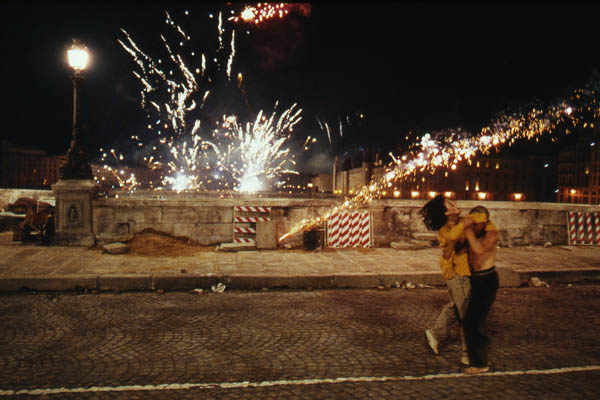
Pont-Neuf is the oldest bridge in Paris and it stands across the Seine; it has twelve arches and an equestrian statue of Henry IV, and it is connected with the Île de la Cité.
Leos Carax’s third film is centered around this historical Paris bridge where the two main characters, two troubled outsiders, fall in love and start living together, wandering around and trying to experience as much of each other as they can. Their drunken and exhilarating romance is a façade for their internal anguish, one of them being an addicted vagrant (Denis Lavant, years later also in Carax’s Holy Motors), the other one an aspiring artist who is tragically starting to lose her sight.
There are many unforgettable sequence in this movie, and in fact one could argue that Carax went too far in his virtuosistic depiction of mad love; still, the protagonists’ dance against Paris’s fireworks for the bicentennial celebration, with a continuously changing score underneath it, has rightly found his place in shared cinema memory.
10. Rififi
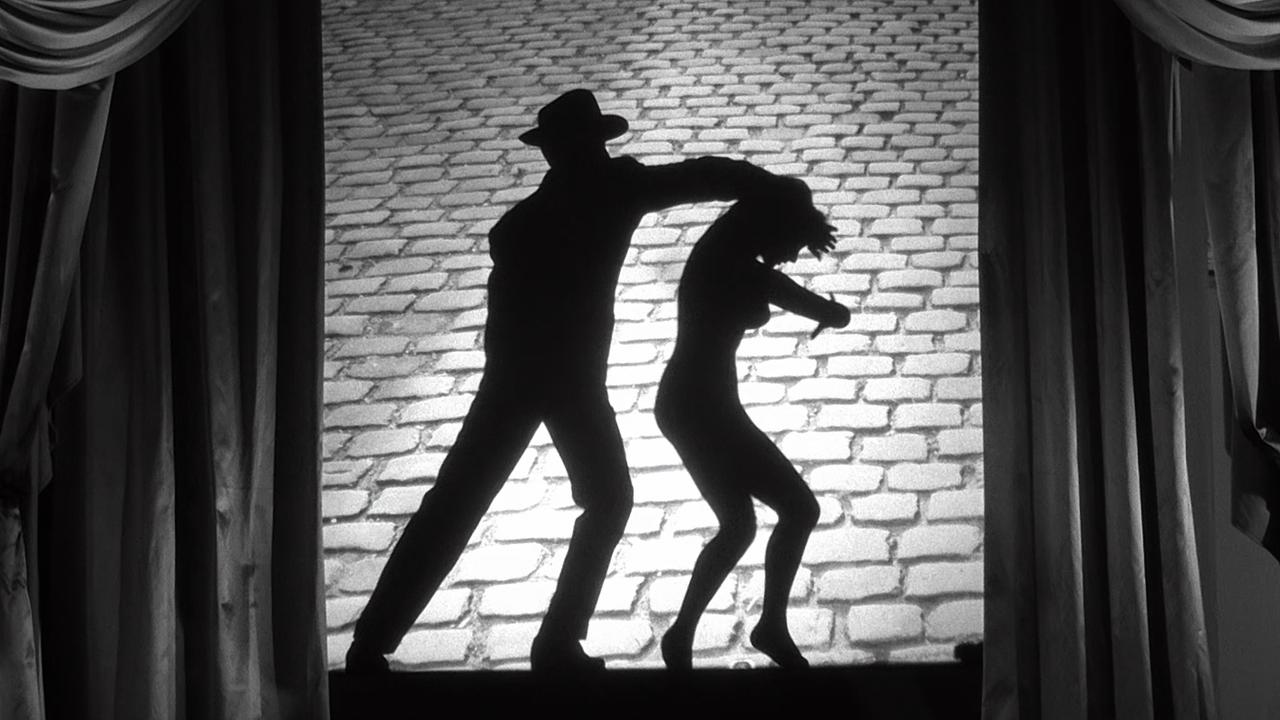
Rififi is a French production directed by American director Jules Dassin who at the time (1955) had been living in France for three years after having been blacklisted. He was trying to revive his career since he actually didn’t direct a film since 1950, and Rififi proved successful in doing so.
The film is the epitome of the heist movie, and its adherence to the genre is proven by the fact that the burglary itself is shown in his integrity with a sequence that covers a quarter of the movie and is completely filled with natural sound without a word or any music.
The place where the heist takes place is a jewelry at the corner of rue de la Paix and Place Vendôme (nearly the same location of the robbery in Jean-Pierre Melville’s Le Cercle Rouge). The burglary scene and the whole movie have become iconic, and Rififi is another French movie who has become the staple for all the films of its genre that have come after it: even today every director who embarks on a heist movie has probably seen, or soon finds himself seeing, Rififi.
9. Belle de Jour
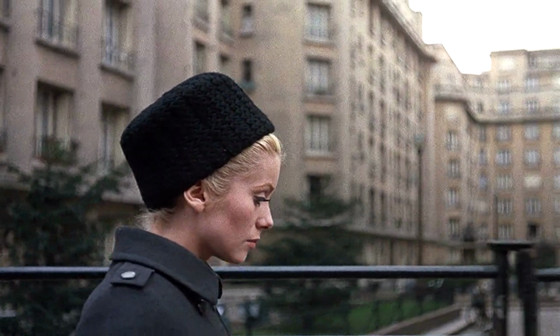
For the viewer, Belle de Jour becomes an instantly unforgettable movie as soon as Catherine Deneuve makes her first appearance. Her performance as Séverine Serizy, a married woman who only seems to find solace in her life when she joins a brothel as an high-class prostitute, is maybe the definitive depiction of the “troubled but fascinating French woman” stereotype, along with some performances by Jeanne Moreau.
Director Luis Buñuel spends most of the picture following her character and as one should expect from a Buñuel feature, the line between realism and surrealism is continuously blurred: the first scene is an oneiric fantasy, while the last seemingly subverts what was shown immediately before. Inbetween, the regular flow of the story is intermediated by other fantasies and oneiric moments.
The Paris we see in this movie is a bourgeois one, full of frustrated businessmen like the ones who go to the brothel where Séverine (now renamed “Belle”) works. It is a classy Paris which, like the protagonist herself, hides secrets and a darker side; it’s not casual that the story turns tragic when some small-time crooks intervene, almost representing the side of Paris that is usually kept hidden from the lives like the one Séverine/Belle tried to live with her husband.